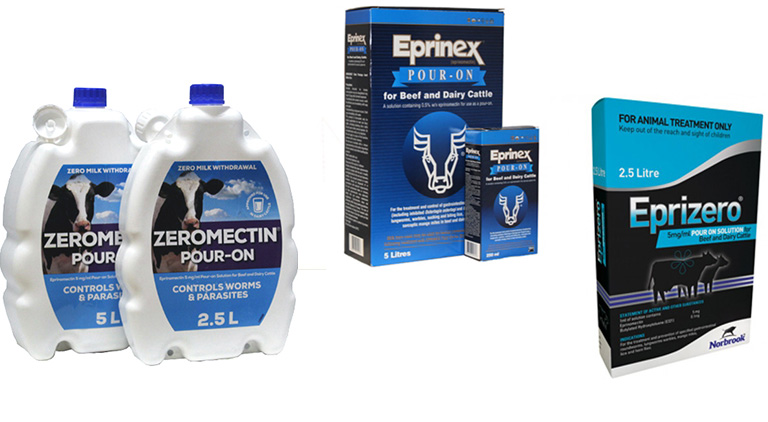
As the autumn weather takes a turn for the worse, many farmers will start to think about housing for the winter months. However, housing is not something to be undertaken on the spur of the moment. It requires careful planning in order to optimise animal health and general welfare.
Here at Agridirect.ie, we have put together a short list of key steps that you should follow in order to enact a successful winter housing plan.
Lying space
It is crucial that you ensure that all animals will have adequate lying space once housed. To this end, you should assess your available housing space. You don’t want a situation where animals are crammed into confined spaces, as this will only allow disease to thrive. Most animal welfare organisations maintain that the average cow will require a lying space of at least 2.5m 2. Make sure that you have this kind of space for each suckler in your herd.
Cows of smaller breeds, as well as calves and most weanlings, will get by on about 1.5 - 2m 2.
Cleaning and Disinfecting
As farmers, we are often averse to intensive cleaning. In our list of priorities, it is often completely overlooked. However, when it comes to preparation for winter housing, rigorous cleaning and disinfection are essential. Before animals are brought indoors, scrub down and disinfect not only the slats, but the walls, gates and barriers as well. This will help to prevent the spread of the many winter diseases that can wreak havoc on herd viability.
Dosing
Animals grazing on autumn grass will pick up many parasites. Weanlings and younger animals are particularly vulnerable, but adult cows are also at risk. If you suspect that your animals are suffering from fluke, lungworm or stomach worms, it is a good idea to dose with an appropriate drench prior to housing. It is best to do this a few weeks before animals move indoors, as it will help them to get the most out of the last few weeks of autumn grass.
Fodder Quality
When it comes to fodder supplies, there is a lot of anxiety in the farming community this year. Many farmers are fearful that they will not have enough hay or silage to get them through the winter months, as some had to give fodder to cattle during the summer drought.
However, any scarcity of fodder should not prevent us from seeking the best quality feed we can source for our animals. Therefore, you should consider getting your silage tested for nutritional value and energy percentages before feeding it to your cattle.
Body Score Condition
Finally, it is always a good idea to check the Body Score Condition of animals prior to housing. Animals that are too thin or too fat will have difficulty come calving time. Ideally, healthy cows at point of housing should have a BSC of around 3. That means well fleshed, but not fat!
Thanks for reading.












